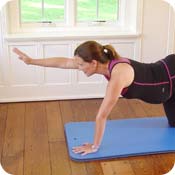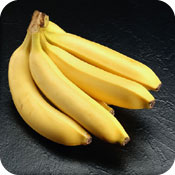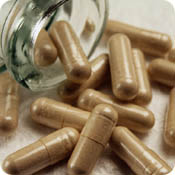 Yoga and Pilates are two very popular forms of exercise today, and for good reason. Each has wonderful benefits, including many for the expectant mother. Both originated long ago and have since been adapted into many different forms, such as yogalaties and power yoga, to name a few. Yoga, started in India more than 5000 years ago and springing from a Sanskrit word meaning "union," has many forms but generally centers around techniques for breathing (pranayama), postures (asanas), flexibility, and meditation (such as the techique called dhyana). It can be very spiritual, linking the mind, body, and spirit. Other popular types seen today in videos and in gyms include:
Yoga and Pilates are two very popular forms of exercise today, and for good reason. Each has wonderful benefits, including many for the expectant mother. Both originated long ago and have since been adapted into many different forms, such as yogalaties and power yoga, to name a few. Yoga, started in India more than 5000 years ago and springing from a Sanskrit word meaning "union," has many forms but generally centers around techniques for breathing (pranayama), postures (asanas), flexibility, and meditation (such as the techique called dhyana). It can be very spiritual, linking the mind, body, and spirit. Other popular types seen today in videos and in gyms include:
Once little known, Pilates is increasingly popular with dancers, therapists, athletes, and fitness enthusiasts who want to develop a strong flexible body. Pilates movements are generally taught either through reformer classes, using a pulley-based machine and providing more one-on-one instructor time (more expensive and not as easily accessible), or as mat exercises (more popular, since all you need is floor space). Both categories focus on the core muscles to improve posture and flexibility, and strengthen muscles in the abdomen and back. Pilates is similar to yoga in that breathing, flexibility, and strength are emphasized, but yoga involves more static poses, while Pilates combines dynamic movements originating from the core that are more precise and controlled. Pilates can be described as an abdominal workout integrating moves with the upper and lower body to create firmer, longer, leaner body tone. So how do yoga and Pilates help during pregnancy? As the body changes through each trimester, aches and pains can become more prevalent. Studies have shown that exercise during pregnancy can alleviate many discomforts, such as backache, fatigue, nausea, and cramping, as well as assist in an easier delivery and quicker recovery. Both yoga and Pilates focus on many of the key areas that need work during pregnancy-- areas such as flexibility, abdominal muscles, and pelvic floor strength, of utmost importance in carrying and delivering a baby. Continued › |
Bend This Way: Yoga and Pilates
A Winning Fitness Combo
Page 1 of 2 Next Page ›






Member Comments